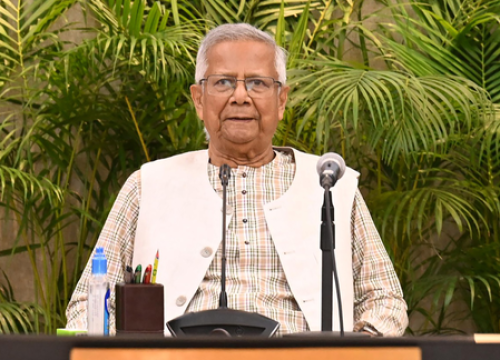Even before Danny Boyle's Slumdog Millionaire made Mumbai slums a lucrative option for filmmakers, a new crop of directors in Bollywood has been trying to bring the urban realities back in Indian cinema.
But the astounding success and eight Oscars to Boyle's film has helped the new wave of independent filmmaking in finding a global acceptance and an audience base, earlier denied to them.
This change is reflected in the four Indian films — selected for Toronto International film festival this year, except for Aamir Bashir's Autumn, all three had an urban setting.
Aamir Khan's wife Kiran Rao premiered her debut film Dhobi Ghat as Mumbai Diaries in the festival.
The film, Kiran Rao says, is the sum total of her experiences in the city, which has been her home for the past 15 years.
"Through my film, I wanted to explore the idea of class in Indian society and I chose Mumbai because it is the most cosmopolitan city and people come here to forge new identities and new future. Our films have always flouted the idea that love conquers all, is it really true? This is why I have four characters, whose destinies collide in the city," Kiran Rao said.
While Kiran Rao is romancing the Mumbai rains and its absurdities, Anurag Kashyap's That Girl In Yellow Boots, which was seen by some 7000 people at TIFF, looks at Maximum City from the eyes of an outsider.
Kashyap, a leading name in alternative cinema with his gritty movies like Black Friday, Gulal and Dev D, narrates the story through the eyes of Anglo-Indian girl Ruth, who comes to Mumbai in search of her Bengali father. Kalki Koechlin, who has also written the story, plays Ruth in the thriller.
Boyle has roped the young director to helm a thriller on Mumbai's underbelly titled Bombay Velvet, which the Oscar-winning filmmaker will produce.
Kashyap, who took his camera to show some unexplored areas of Delhi in Dev D, believes that urban India is a treasure trove of stories.
"The problem with Indian cinema is that it is not Indian. Our films are based in a la la land and are about love. But if there is so much love why are we fighting all the time? Urban India is certainly an exciting landscape. It is changing every second and capturing it is a fascinating experience. It is an interesting genre," says Kashyap.
Similarly, first-time director Sidharth Srinivasan was fascinated by the fast developing areas surrounding Delhi while making his Soul of Sand.
Srinivasan says he was struck by the urbanization of areas near Delhi and the tussle between modernity and tradition.
"I deliberately avoided typical Delhi landmarks in my film. Delhi is more than Qutub Minar, Lal Quila and India Gate. The city has accelerated the transformation of areas surrounding it, and as a filmmaker it was exciting to capture it in my film," he says.
Cities are emerging as a character even in mainstream films like Once Upon a Time in Mumbai, Aisha, Wake Up Sid, Black Friday and Gulaal and with directors tuning in to the realities around them, Kashyap feels that the urban cinema is here to stay.











